review HTC’s back, baby. Back in Windows, that is. With the launch of its Windows Phone 8X line, the Taiwanese giant has re-entered the Windows Phone market with a bang. With 4G speeds and the inclusion of Windows Phone 8, these handsets pack a punch on paper. But can they kick it with the big boys? Read on to find out.
Design
The first thing you’ll notice when you pick up one of HTC’s new Windows Phone 8X models is how … smooth it feels in the hand.
Over the years, HTC has gotten its hardware design down pretty pat. The Windows Phone 8X line represents much of the elegant simplicity of the company’s Android handset line (for example, the recently released One series), merged with much of the bright colours and polycarbonate casing which has made Nokia’s Lumia line an eye-grabber for some time.
The result is a new style from HTC, which feels slim and smooth to hold — the Windows Phone 8X feels quite thin — but with that lovely polycarbonate finish on the back of the phone which makes it grippy and eminently fondleable. We reviewed the dark purple/bluish model. The phone’s dimensions are 132.4 x 66.2 x 10.1 mm, and it weighs 130g — about mid-range.
Like most other Windows phones, the Windows Phone 8X is quite minimalist. Its front is dominated by its 4.3″ touchscreen, with the normal Windows buttons at the bottom of the screen. On the right-hand side sits the SIM card slot, the phone’s volume rocker and a dedicated camera button; on the bottom sits its microUSB port, while on the top sits the on/off button and a 3.5mm headphone jack. There’s two speakers — one on the front, and one on the back and a front-facing and rear camera. The phone’s left-hand side is bare.
To be honest, from the promotional shots we were expecting the Windows Phone 8X to be a bit bright and garish, with lesser build quality than we’ve come to expect from HTC. We’re thinking here of the HTC Titan 4G, released earlier this year in Australia. The Titan 4G was a good model, but it wasn’t very sophisticated in its design.
However, let’s be clear about this: The Windows Phone 8X represents some of HTC’s best design. The Windows Phone 8X isn’t just a re-imaged Android handset with Windows Phone 8. It’s a complete new design from HTC, and one which we really liked. It’s stylish and playful; not a phone for someone who’s too serious or businesslike.
Features
The Windows Phone 8X comes with a nicely sized 4.3” touchscreen covered with Corning’s Gorilla Glass 2 (larger than the iPhone 5, at 4”, and smaller than the Samsung Galaxy S III, at 4.8”), and it runs at one of Windows Phone 8’s new resolutions, 1280×720, giving it an excellent pixel density of 342PPI.
The phone comes with 16GB of storage, but unfortunately no microSD card expansion option. The processor is a Qualcomm S4 dual-core model running at 1.5GHz, and 1GB of RAM is included, as is an NFC chip for mobile payments.
The Windows Phone 8X’s main camera is an eight megapixel model, similar to the unit we’ve seen recently on a number of other HTC models such as the One X and One XL, and it can similarly shoot video at 1080p. The front camera boasts a 2.1 megapixel rating, and it can also shoot 1080p video, which is unusual for a front-facing camera. These kinds of cameras are usually used mainly for video calling. The battery of the Windows Phone 8X is a 1800mAh model, which is fairly comparable to other models on the market, if not as powerful as the 2100mAh model found on Samsung’s Galaxy S III. Thankfully, the Windows Phone 8X supports 4G speeds on the networks of Telstra and Optus.
The other major new feature which the Windows Phone 8X introduces – and one of its key selling points – is Windows Phone 8, the long-awaited successor to Windows Phone 7. Microsoft’s new mobile operating system features a slew of new and long-awaited features, ranging from multi-core CPU support, to a resolution bump (1280×768 or 1280×720), the ability to support microSD cards, NFC chip support, Internet Explorer 10, a Wallet feature for storing debit/credit cards, coupons and boarding passes and better maps and directions (through integration of Nokia’s maps feature). Most of these features were already available through Apple’s iOS and Google’s Android platforms, and Windows Phone users have been waiting them for a long time for the Microsoft platform. We’re very glad to see them arrive.
Broadly, the Windows Phone 8X’s feature list brings it into line with other competing handsets such as Nokia’s Lumia 920, which also launched in Australia late this year.
Performance
When we evaluated the Windows Phone 8X, we were interested in looking at three key areas; Windows Phone 8 integration and UI performance, battery and camera.
Firstly, we have to praise Microsoft for finally bringing WP8 to market. As implemented on the Windows Phone 8X, the new Microsoft mobile operating system fixes quite a few of our long-time gripes with Windows Phone.
The resolution bump and the associated increase in pixel density is the biggest aspect to the upgrade which immediately hits you. Suddenly, you can’t see any of the pixels on the screen. This, coupled with the very dynamic nature of Windows Phone’s user interface, makes using the Windows Phone 8X on a daily basis a whole lot more fun. We really love the Windows Phone interface, and finally we have manufacturers with screens and resolutions to do it justice.
As implemented on the Windows Phone 8X, the new operating system is extremely solid, and we had no problem setting up all of our contacts, email, web browsing, downloading apps (there are still some third-party apps missing, but many of the major ones you want are there) and just generally getting on with mobile business. Finally, Microsoft has a mobile operating system to rival iOS and Android, and its very purty and well-integrated on this HTC model.
of course, as WPDownUnder has chronicled, not all Windows Phone 8 features are available in Australia, with notable exclusions including full-resolution photo uploads to Microsoft’s cloud storage platform SkyDrive, and integration with local carriers for usage stats.
There was also a strong impression from the phone that its design doesn’t detract from the software experience. With some smartphones, such as Samsung’s Galaxy S III, the hardware design aesthetic is so strong that it is still a bit in your face when you’re using it. Not so with the Windows Phone 8X — the screen is everything. But you’ll look stylish while using it — everyone else can see the coloured back casing :)
Camera-wise, we were very happy. We shot the below shots (click for the larger versions) on an overcast day in Sydney with various competing models. The shots have been cropped and saved in Photoshop Elements at a JPG level of ‘6’, but otherwise unaltered. It’s worth noting that out of all the phones we tested on that day, we preferred the shots taken by the Windows Phone 8X. HTC is putting some very solid cameras in its phones at the moment, and the Windows Phone 8X is no exception.
HTC Windows Phone 8X:
Google Nexus 4:
Huawei Ascend D1:
Motorola RAZR M:
Apple iPhone 5:
In terms of its battery, we didn’t find that the Windows Phone 8X was a standout, but to be honest that was to be expected, given its lovely screen, powerful processor and support for 4G speeds. However, and this is something we’ve found quite a bit with Windows Phones compared with Android models, the Windows Phone 8X did last through a day of light to moderate use pretty easily, with a bit of a chunk of life left over to get you mid-way through the second day. This little machine isn’t a battery hog, but neither is it a long-lifer. It’ll probably die after two days of your light use, so plan to charge perhaps 3-4 times a week.
Price-wise, the Windows Phone 8X isn’t that cheap. You can get it through Telstra for $5 monthly handset repayment on a $60 plan, or for no monthly handset repayment cost on a $60 monthly plan from Vodafone, both over a two-year period. Mobicity has it for $629 outright.
Conclusion
OK, let’s consider the Windows Phone 8X compared with its Windows competition — and then we’ll look at the wider market.
Personally, I haven’t reviewed Nokia’s Lumia 920 and 820 devices yet, but I have played with them during their Australian launch festivities. To be honest, I liked this little gem from HTC a lot more than the Nokia models. The design feels more integrated and less garish, and it’s really had to find fault with the Windows Phone 8X in general. Some people will find the side buttons a little thin for their fingers … that’s really about it.
But that’s not to say the Windows Phone 8X is inherently better than what Nokia has to offer. It seems like a matter of personal taste right now, with Microsoft’s design specifications keeping most models fairly similar. However, and this wasn’t true only a few months ago, HTC can now offer a model on par with what Nokia has — which is a significant accomplishment in itself.
When it comes to the rest of the market, however, it’s a bit of a different story. Right now, I’d rate the best smartphones in Australia as being the iPhone 5, the 4G Galaxy S III, the HTC One XL and for those that don’t care about 4G, the Google Nexus 4.
The HTC Windows Phone 8X doesn’t really offer anything which those models don’t have, and it’s not cheap either. That leaves its only real advantage against the wider market as being Windows Phone 8 itself, and its funky style — factors which aren’t hugely persuasive unless you like the specific colours on offer or you just definitely want Windows Phone 8.
With this in mind, I expect the Windows Phone 8X to do moderately well in Australia. Not spectacularly, but moderately well. And perhaps, for this model at this time, that’s good enough.
Other reviews we liked of the HTC Windows Phone 8X: The Verge, CNET Australia, Engadget, PCWorld Australia.
Image credit: HTC

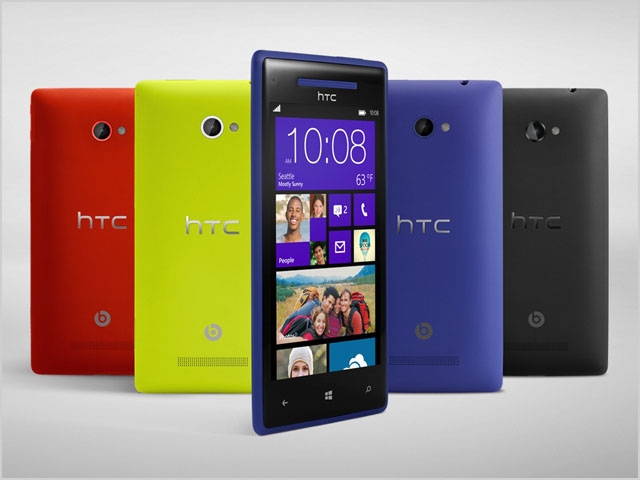
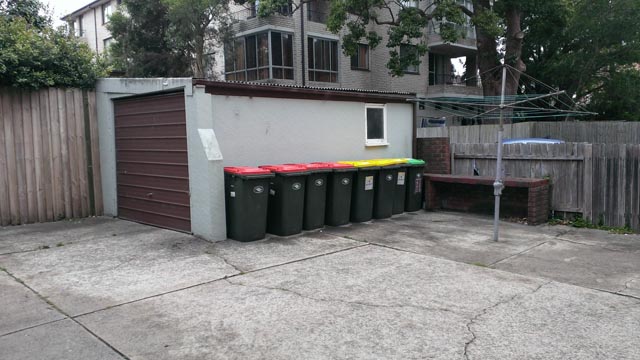
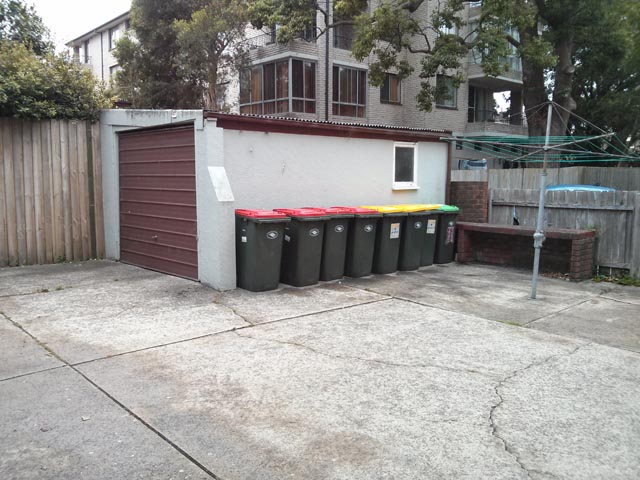
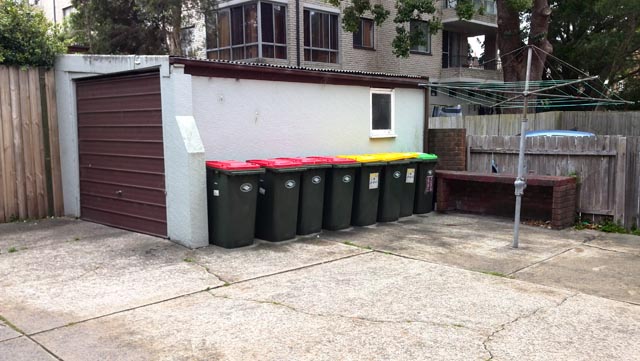
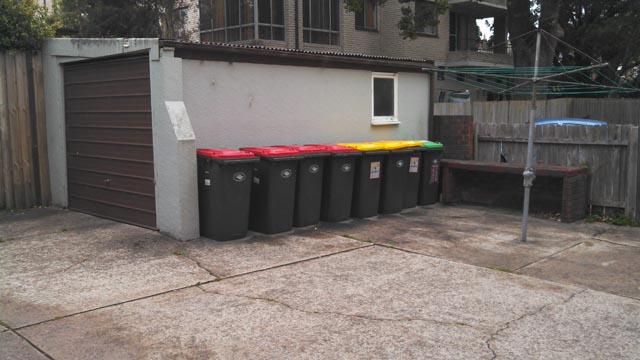
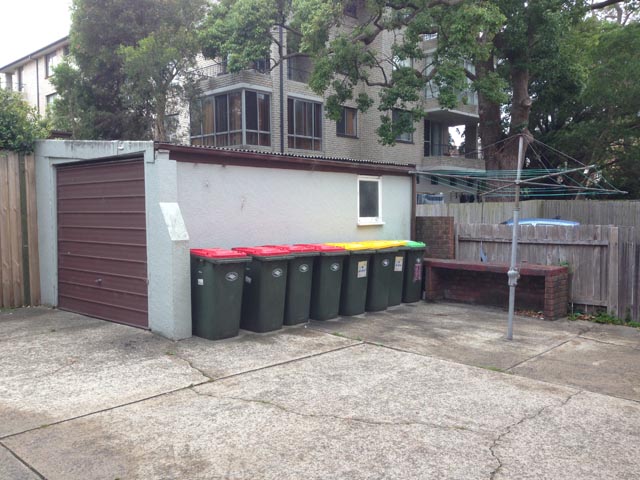
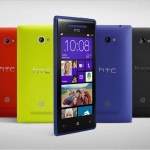

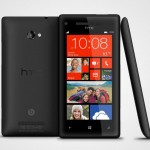
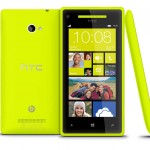
Hey Renai, the 5th picture (orange phone) is the HTC 8S, not the 8X.
No worries, will fix.
Comments are closed.